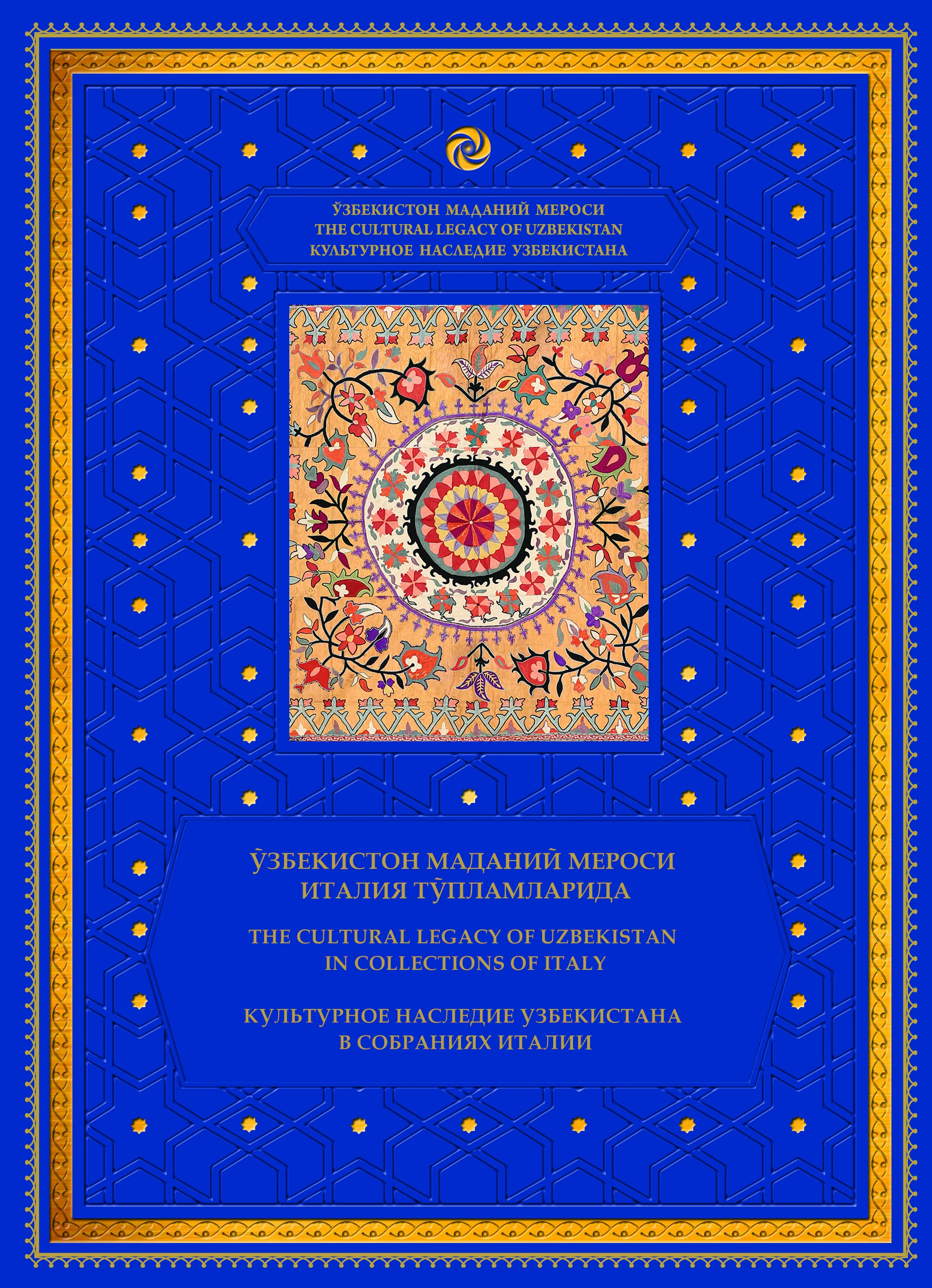THE CULTURAL LEGACY OF UZBEKISTAN IN ITALIAN COLLECTIONS
Description
In Bologna, Italy, there is the only surviving manuscript of a complete translation into Hebrew of The Canon of Medicine. This work by Ibn Sina (Avicenna) for seven centuries was the main one for the study of medicine both in the East and in the West. The translation was made by Nathan ha-Meati in 1279. The manuscript is characterized by rich decoration and wonderful illustrations, which makes it one of the most valuable collections of medical images in the late Middle Ages. The collection of the Giuseppe Tucci Museum of Oriental Art in Rome presented in the book-album includes jewelry, suzanis and 10th-11th-century tableware from Afrasiab. The Museum of Oriental Art in Turin is represented by kitchen utensils produced in the 10th and 11th centuries, discovered at the archaeological site of Afrasiab, as well as Timurid tiles, including those from the Shalimar collection. Collections from the Stibbert Museum in Florence, the Milan Museum of Culture, as well as items from the Antonio Ratti Foundation and the Levi family are represented in the album by textile items made in the 18th to the 20th centuries. Among the exhibits are chapans, robes, dresses, skullcaps and other headwear, riding boots, suzanis from Bukhara, Tashkent and Shakhrisabz. In general, the volume clearly demonstrates with what reverence and interest the traditional culture of Uzbekistan was and is treated in Italy.

